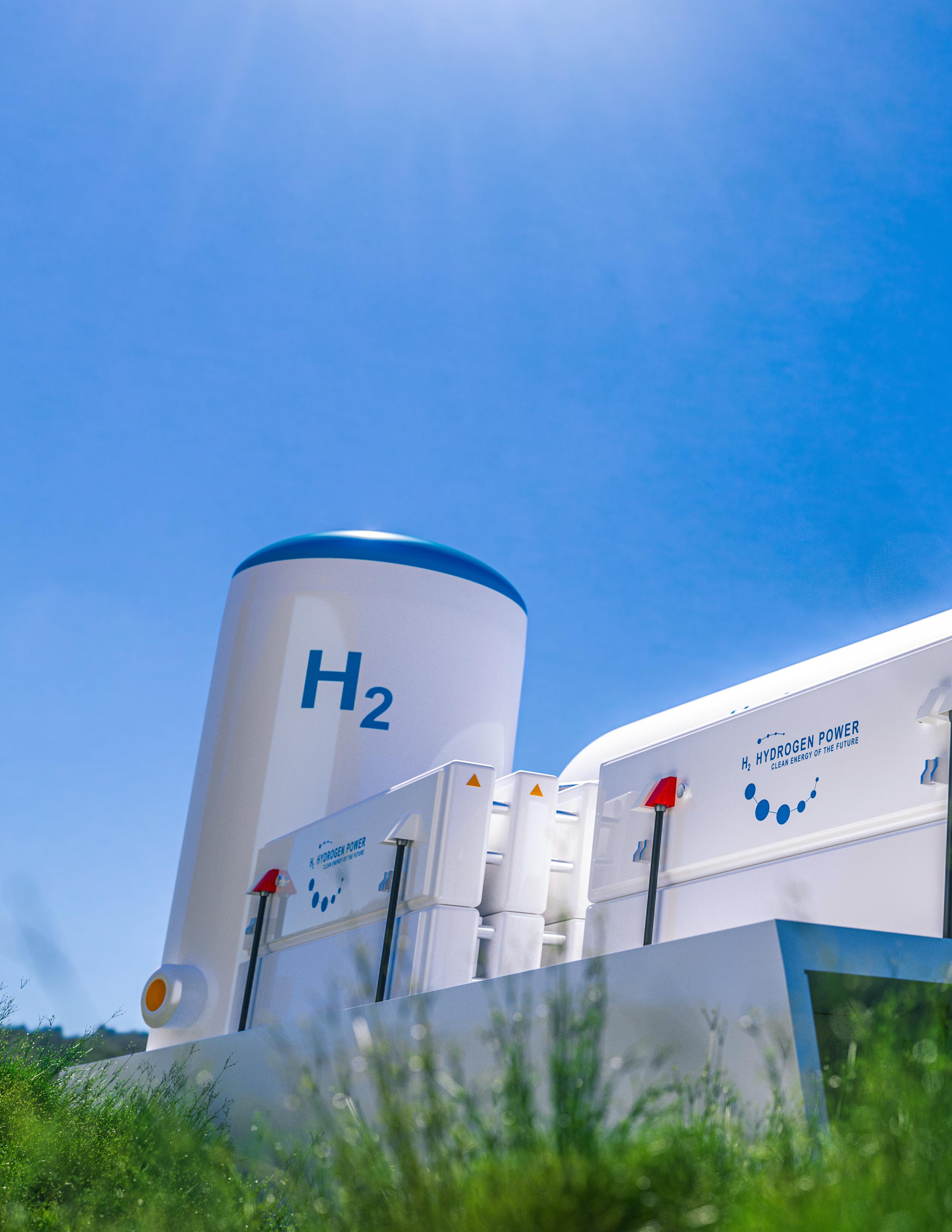
3 minute read
Pod 2: Hydrogen in mining microgrids
The second content pod focused specifically on green hydrogen applications for power. Lorenzo Ducci, Hydrogen Senior Commercial Officer at Enel Green Power, presented three likely business models for this application: a colocated model, whereby the electrolyzer is placed next to a large-scale renewable power plant, and the hydrogen is then transported to a mine site; a standalone model, whereby the electrolyzer uses green electricity from the grid at the mine site itself; and a hybrid model, which envisages the construction of both the renewable plant and the electrolyzer offgrid on the mine premises. “This is our proposal to date,” he pointed out. “We are in the process of learning by doing, as everyone is in the green hydrogen business. The game changer for green hydrogen is Capex. Without a strong reduction in Capex, we won’t see these projects materialize. The speed of the learning curve will depend not only on technological efforts to reduce Capex but also on public funding and business models.”
While the predictions on green hydrogen production costs still vary widely, one electrolyzer manufacturer has made an ambitious pledge: Nel Hydrogen targets a cost of US$1.5 per kg by 2025, on par with grey hydrogen, thanks to new largescale manufacturing capability. “Scaling the technology requires working on the entire supply chain, Nel has a key strategic focus on expansion of manufacturing capabilities, standardization and optimization, and procurement,” said Raymond Schmid, Vice President Sales EMEA and Oceania at the company. But for him, the main driver in the cost reduction will be the low cost of green electricity.
Advertisement
In another presentation, David Edwards, Future Technology and Innovation Manager at Horizon Power, shared the details of Australia’s first green hydrogen microgrid in Denham, which will generate about 526 MW/h of electricity per year, powering 100 homes. The project is composed of a 704 kW solar farm, a 348 kW electrolyzer, hydrogen compression and 100 kW of fuel cell storage on site. The hydrogen plant construction is expected to start around October, and the project should be fully commissioned by early 2022. While this is a fairly small and residential project, it is expected to yield a lot of knowledge for the mining industry. “We’re trying to find out how to bring components together to achieve what we want. Once we get it working in the community space, it’s not a great distance to get it working in the mining space, I see it moving quite quickly,” said Edwards.
It will be easier for miners currently using natural gas to switch to green hydrogen than for those who use diesel gensets. “Last year we commissioned a 1 MW unit in Germany, 100% green hydrogen engine, took it from 100% natural gas to 100% hydrogen and back to test the hardware. You could buy a natural gas engine today and convert it to 100% hydrogen later so you don’t have a stranded asset like you would with a diesel generator,” said David Mitcheltree, Global Data Center Generation, Hydrogen and Natural Gas at INNIO Group. In fact, all panelists in a discussion on hydrogen-fuelled gensets agreed that mines could theoretically run on 100% green hydrogen, a promising prospect for when price competitiveness is achieved.
But cost reduction is not the only necessary development to see green hydrogen as a mainstream part of remote microgrids: miners and their financiers need to expand on their skills to get comfortable around the technology. A larger conversation also needs to happen around the storage and transport of hydrogen. For instance, Kevin Peakman, Director of Hydrogen at Energy Estate, noted that for transportation of less than 100 km, storing hydrogen in former gas pipelines is a viable solution. In any case, he advised miners to start small, but with a clear end goal: “Introduce it as a small scale project but begin with the end in mind and think about how you want to scale up so you don’t end up with a stranded asset from your pilot,” he said.
The pod included a cautionary note as HFW shared the top 5 potential legal issues in hydrogen projects for mines: risk sharing in partnerships and trials, lack of clear regulatory guidance, offtake agreements, flexibility in risk frameworks, and risky net zero claims with unproven technology.






